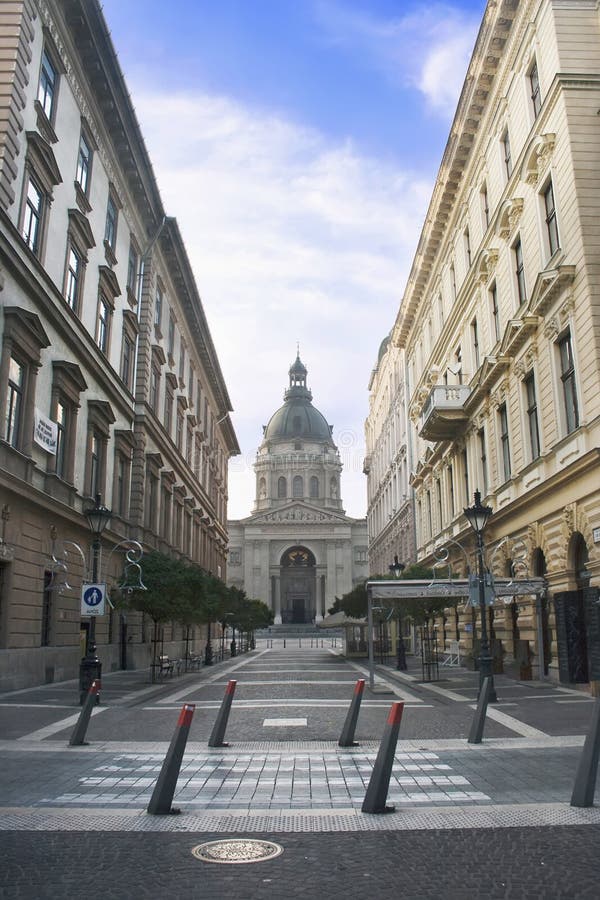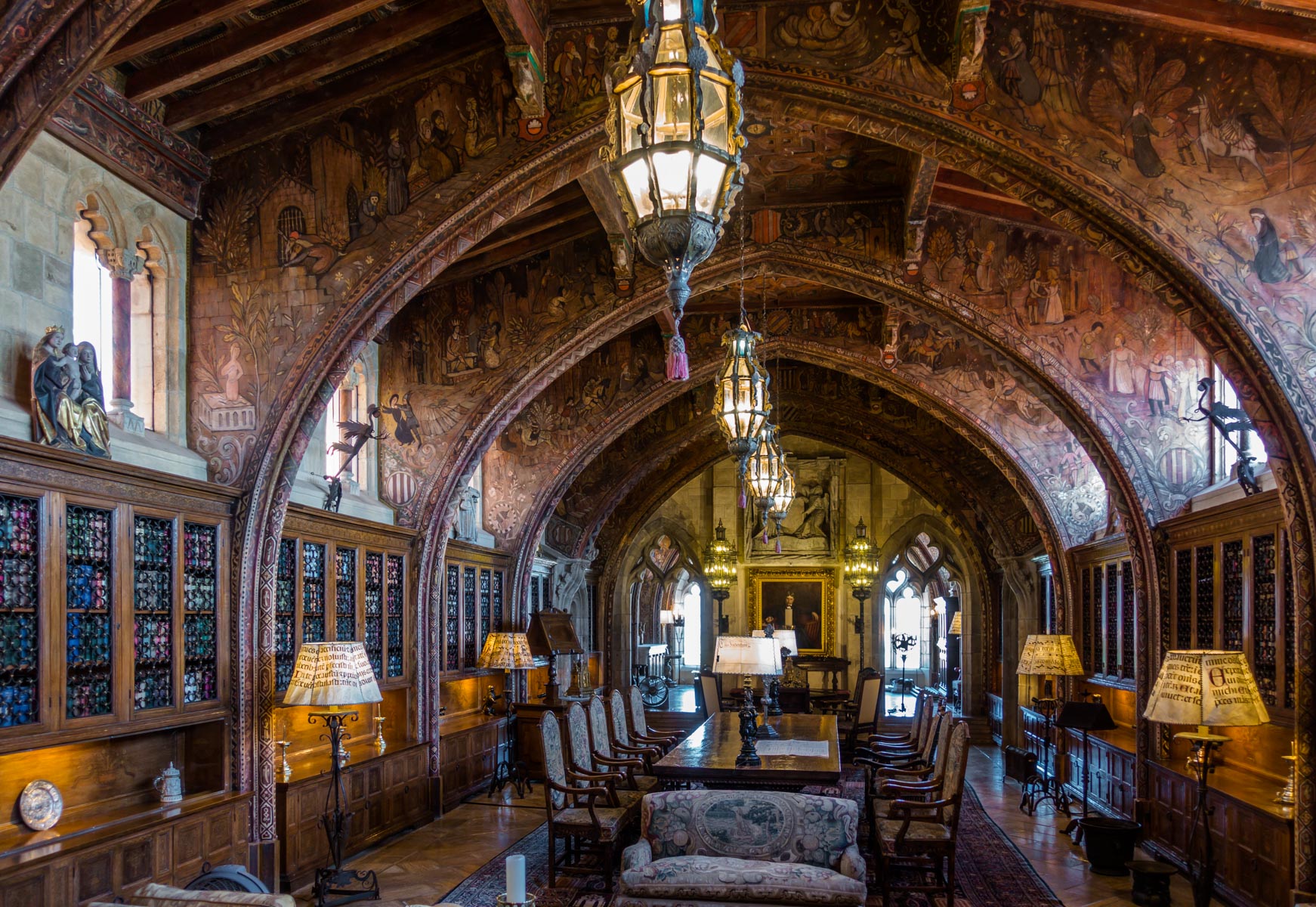What You Need to Know About Christmastide in Gadalland and Aspern
30 November, 2021
Tomorrow begins the religious recognition of Advent in Bothorism, which is the lead up to the great Christmas celebration.
In Gadalland and Aspern, cities, farms, and people are preparing for Advent the traditional Sertian way.
In Bothorism, Christmas is usually celebrated a week earlier than in other Christian countries. This is because up until 1882 Christmas always fell on the last day of the Gallish year. The Gallish calendar, unlike many things, was not changed by Verna II of Osperfey on her 'Efërmaias Forsutrum', or "Union Walk" in the 11th century as it was one thing the seven islands never fought over.
In 1882, Head Councillor Renet Poirsom turned the Gallish calendar into antiquity in order to organise events and policy with other nations. However, in a patriotic move, Poirson kept the original date Sertians celebrate Christmas.
Since 1882, Christmastide starts on 1 December and ends 16 December, even though the calendar is now normalised.
After Christmas is the time when young people, who have come of age, move away from Gadalland and Aspern to start a new life elsewhere, which is why the first half of December is a celebration of family and life.
Cities will host Poorschendren Haywyt, an equivalent of Christmas Markets, where vendors will sell decorations, traditional food such as Goritha, flying fish and eggs, and Poorschwieth, Christmas Fruit Mash.
In the university tradition, students usually return home during the month of December, except at the ancient Dredthe University, where examinations are held on 17 December.
Later in Christmastide, the country will quiet down, and on 16 December many places are completely closed.
On 16 December, at dawn, the country will wake up and go to the docks to celebrate Seeing In the Mast. In ancient tradition, the Sun of a new year is welcomed over the horizon, and those who arrive in Sertia at sunrise will have one year of God's good faith.
In the afternoon, families will go home and gather for conversation. As today is the day the young workers leave, this is the last chance to speak as an entire family. With new online video calling, this tradition is left to the older folk. But nonetheless, it is recognised by those who remain in Gadalland and Aspern.
In the evening, it is time for Seeing Out the Mast, where the young people are set aboard their vessel and depart with the setting Sun, but not before eating a last Sertian feast. It is also ancient superstition that your boat must leave at sunset on Christmas to be on God's good side.
Some will go as close as Nofoaga, and some as far as Spain or Inquista. In Bothorist tradition, it is said the leavers who depart on Christmas now have the Blessing of the Isles, which is important for a safe sea voyage.
Many of the Leavers still travel to those foreign lands by sea, a last signal of respect for the old Sertian tradition before entering the cosmopolitan world. Seeing Out the Mast is a heavily advertised event, and tourists come from all over the world to take part.
It was normal up until this past century that those who left Gadalland and Aspern never once returned. Now, however, many come and visit for the Holidays due to the accessibility of air travel.
Many workers who used to have only half of December as a holiday now have all of December as holiday.




